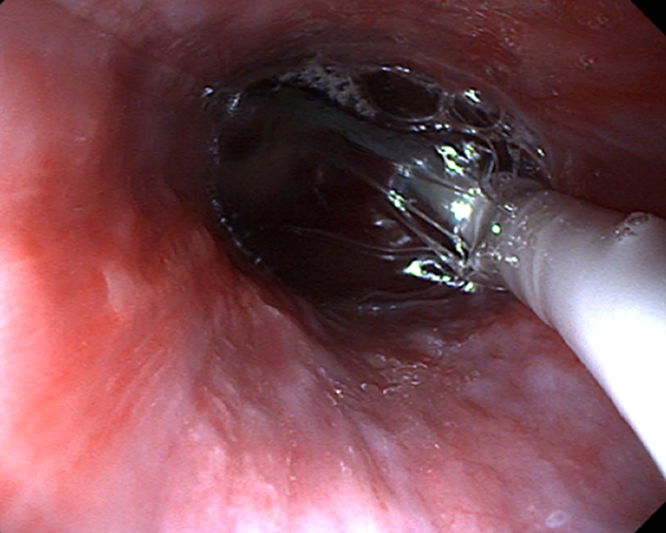Expert CPD Resource for Veterinary Students and Professionals

Overview
Acquired benign esophageal strictures in cats occur secondary to severe esophagitis that extends into the muscle layers of the esophageal wall and results in scar tissue formation. The most common causes of esophagitis include chemical, thermal, traumatic, and infectious agents, persistent vomiting, esophageal foreign bodies, gastroesophageal reflux, usually occurring during anesthesia, and post pill esophagitis especially after consumption of clindamycin and doxycycline on a “dry swallow”. Therapeutic methods to achieve dilation include the use of the endoscope tip, bougies, balloon catheters, as well as surgical resection and anastomosis or a variety of technically demanding alternative surgical methods.
Learning objectives
Who Should Attend:
Why Attend:
Register now for a session that promises to improve your knowledge in veterinary endoscopy.
£50.00
Whether you are a student just starting out in your career or a seasoned professional looking to stay up-to-date on the latest developments, VET Learn is a valuable resource for your CPD needs.
Website designed and hosted by Youbiquity. All contents on this website ©2024 VetLearn.